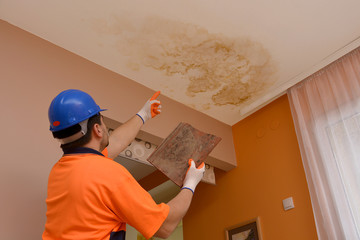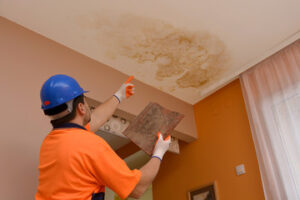Home Inspection Colorado Springs CO offer an objective third-party perspective on the condition of a property. This can help buyers make informed decisions and understand the true cost of a potential new home.
This can also help them negotiate with the seller, especially if there are significant issues. Finding a quality home inspector is important.
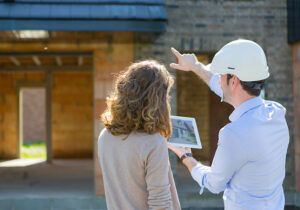
Home inspectors are a valuable asset to any real estate transaction. Their job is to thoroughly examine a property, inside and out, to ensure that there are no major issues with the home that may become costly problems in the future. They can also help buyers understand what to expect from a new home. While a home inspection is not a requirement, buyers are highly encouraged to hire an inspector for peace of mind.
When hiring a home inspector, look for someone with a valid license. This is a sign of professionalism and an assurance that industry standards have trained the person. It is also important to check for complaints about the inspector before hiring them. A quick online search with the name of the inspector and the words “complaints” or “reviews” can give you a good idea of whether they are the right choice for you.
Looking for a home inspector with professional liability insurance or errors and omissions (E&O) insurance would be best. This type of insurance protects the home inspector in case they make a mistake or miss an issue during the inspection process and can help cover any compensation to the homeowner if that happens. E&O insurance is a standard requirement for any home inspector.
A qualified home inspector should be able to identify any major issues and offer advice on fixing them. They should also be able to recommend local contractors for any repairs that need to be done. They should also have a good understanding of the area and be able to provide references to local specialized inspectors for items such as the foundation, chimney, crawl space, pool, or HVAC.
A certified home inspector will spend considerable time outside the house, checking for issues that can be seen from the ground. For example, they will check for cracks in the basement, masonry cracking and flaking around the foundation, or adequate clearing between the siding and dirt to avoid water damage. Then, they will move inside the house and inspect all the mechanical systems, such as heating, air conditioning, electrical wiring, and plumbing. They will also check the windows, doors, and trim.
Home inspectors work to evaluate a property’s structure, safety, and overall condition before it is sold. They may look for signs of fire hazards, structural failure, or insect infestations, among other things. They also study a home’s electrical, plumbing, and HVAC systems to ensure they are in working order.
While many home inspectors have previous experience in construction, repairs, or real estate, this is only sometimes a requirement. As a result, home inspectors often come from diverse backgrounds, each with unique strengths. These include a strong work ethic, a willingness to plan, and the ability to juggle multiple projects. A good home inspector should be able to provide a detailed resume of their past experiences using the Context-Action-Result (CAR) framework.
For example, a home inspector might describe how they were able to “discover and evaluate potential problems with a residential property’s interior and exterior, such as the integrity of the roof and attic space, the status of electrical wiring, the presence of faulty heating or air conditioning, and the condition of windows and doors” (Context). Then, they should explain how they “provided clear and accurate reports to clients and customers” (Action), and finally, explain how they used their knowledge and skills to identify issues and recommend solutions (Result).
The bathrooms are another critical area for a home inspector to examine, and they should be on high alert for any problems in these rooms. They should check the water heater, the bathroom pipes, and the toilets to ensure they are working properly. They should also notice any cracks or leaks in the walls, ceilings, or floor.
In addition, a home inspector should be familiar with a house’s various heating and cooling systems, how to inspect them, and the different ways they can fail. They should also be able to spot the signs of a malfunctioning system, such as rust on the unit, dirty coils, or excessive noise.
A good home inspector should also be aware of the legal implications of their job. State Farm notes that while they can check for code violations, they do not have the authority to impose fines or take any other legal action. They can, however, advise homebuyers to ask the seller to fix these issues before closing on the house.
A home inspector’s reputation is important because people often rely on them to provide them with an objective assessment of the condition of homes. A reputable home inspector can spot safety issues and provide valuable information to buyers, sellers, and property owners. In addition, home inspectors must meet certain qualifications, such as being certified by a professional association, to ensure they have the necessary experience and knowledge to perform a quality inspection.
A good home inspector can make a huge difference in purchasing a new home or selling an existing one. This is because a home inspection report sets the stage for negotiations and can reveal problems that may be obscure to the buyer. In addition, a poorly performed home inspection can result in the discovery of serious defects and unforeseen costs that may derail the entire real estate transaction.
The first step in finding a qualified home inspector is to get a referral from a reputable real estate agent. The best way to find a reliable home inspector is to ask for a sample inspection report, which will give you a good idea of their expertise and experience level. In addition, choose an inspector willing to answer any questions you might have.
In addition to home inspections, some inspectors offer specialized services such as testing for mold, termites, and radon. These additional services can increase a home inspector’s earning potential. The most successful home inspectors will develop a diversified business model and build a strong network of clients.
When selecting a home inspector, looking for a solid background in the construction industry is important. This is because a home inspector must be able to climb on roofs and crawl through attics to perform their duties. Moreover, an inspector with a background in construction can help the client understand and interpret the home inspection results.
Inspection time is another key factor to consider when choosing a home inspector. Typically, an inspection will last several hours and may require the removal of electrical panel covers and windows. A good inspector will be able to finish the inspection promptly and provide a thorough report of all findings.
Home inspectors charge a fee to provide a detailed report of the condition of a property, usually before a sale. Their state licenses them and can be found in online directories or through a phonebook. They should be able to answer all your questions and explain the process clearly. They should also be able to recommend other services, such as termite, mold, or radon testing. A good home inspector can save you thousands of dollars in the long run by helping you avoid costly mistakes.
Home inspectors, like real estate agents, mortgage loan officers, and insurance agents, are often subject to intense competition in their local markets. This can make it challenging for new entrants to get a foothold in the industry. Nonetheless, implementing effective marketing strategies and networking with real estate agents can help you become a successful home inspector.
To improve your chances of getting hired, you should be certified and have an excellent working knowledge of the property inspection process. It would be best if you stay updated on the latest industry trends and any changes to state regulations. Moreover, it is recommended that you invest in modern report-writing software that can help you streamline your administrative tasks. This will make it easier for clients to schedule appointments and pay you for your services.
One of the biggest challenges of being a home inspector is balancing your client’s expectations with your expertise. For example, some inspectors may not be able to identify certain problems because they don’t have the experience or training necessary to do so. Moreover, they might not be able to communicate those issues.
Being a home inspector can be stressful and physically demanding despite the perks. However, many professionals in this field find it rewarding. They can earn a decent income and enjoy helping people buy their dream homes. They also have the flexibility to set their schedules and choose the number of inspections they want to do each week. Moreover, they can benefit from the ongoing growth of the real estate market and the high demand for quality service.

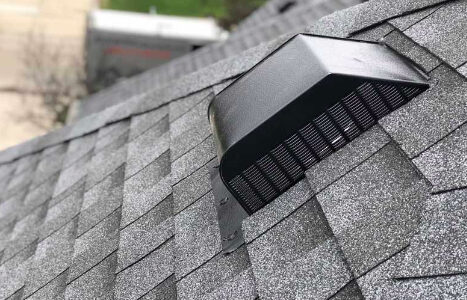
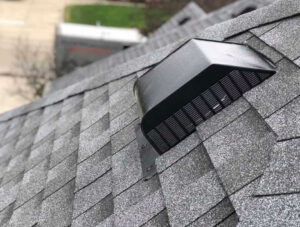 Ice dams are a clear sign that your roof isn’t ventilated properly. These large icicles (and the rotting, water-soaked insulation behind them) can cause serious damage to your gutters and roof, as well as pose a health hazard to people who walk under them. Despite the many myths about ice dams, there is only one true way to prevent them: proper attic ventilation.
Ice dams are a clear sign that your roof isn’t ventilated properly. These large icicles (and the rotting, water-soaked insulation behind them) can cause serious damage to your gutters and roof, as well as pose a health hazard to people who walk under them. Despite the many myths about ice dams, there is only one true way to prevent them: proper attic ventilation.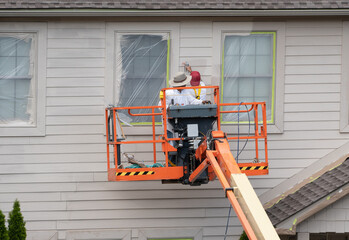
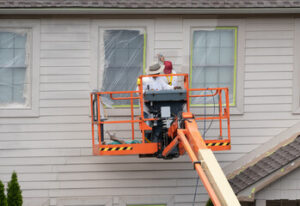 Professionalism
Professionalism
 Carpets act like air filters by trapping dust, dirt and allergens from the atmosphere. Over time, these pollutants become ground into the fibers and then released back into the air when the carpet is disturbed – for example, when people walk across it. Regular commercial carpet cleaning eliminates these trapped contaminants and improves indoor air quality. This is especially important for businesses that rely on customers or clients to visit their premises. Poor indoor air quality can cause health problems including headaches, eye irritation and difficulty breathing.
Carpets act like air filters by trapping dust, dirt and allergens from the atmosphere. Over time, these pollutants become ground into the fibers and then released back into the air when the carpet is disturbed – for example, when people walk across it. Regular commercial carpet cleaning eliminates these trapped contaminants and improves indoor air quality. This is especially important for businesses that rely on customers or clients to visit their premises. Poor indoor air quality can cause health problems including headaches, eye irritation and difficulty breathing.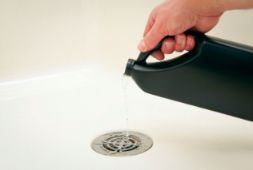
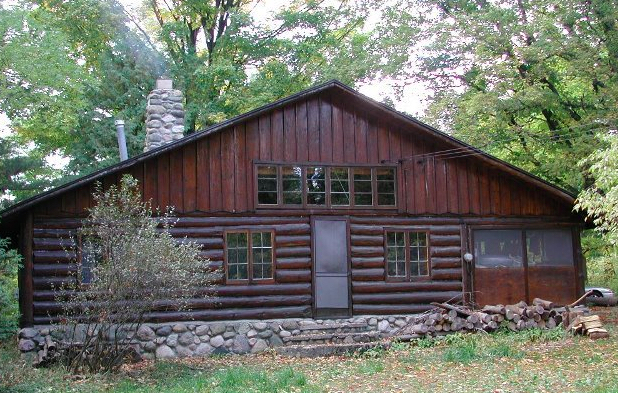
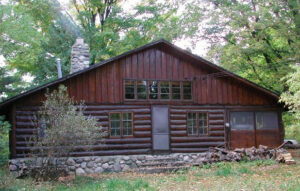 The wood that log homes are made of can be infested with wood-destroying insects. In some cases the logs become infested while they are still in the forest, or after they are debarked and used in construction. In either case, extensive cosmetic and structural damage can occur. The most common pests of log homes are long-horned beetles, flat-headed wood borers, and powderpost beetles.
The wood that log homes are made of can be infested with wood-destroying insects. In some cases the logs become infested while they are still in the forest, or after they are debarked and used in construction. In either case, extensive cosmetic and structural damage can occur. The most common pests of log homes are long-horned beetles, flat-headed wood borers, and powderpost beetles.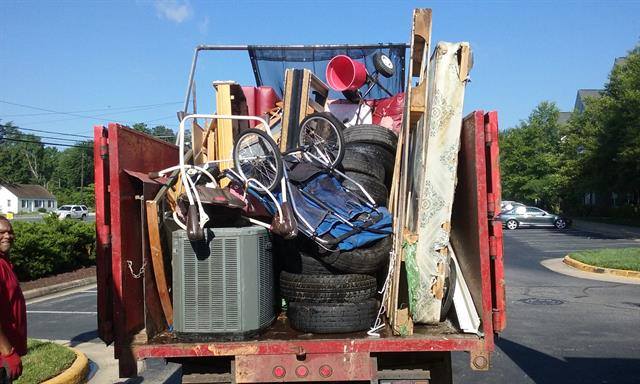


 Advertising
Advertising

